
Last month I went to GDC to give a talk, hear from developers like yourself, and listen to what Valve has to say at their regular GDC but outside-GDC event.
The Valve events are great. They rent out a floor of a nearby event space and have rolling talks and lobby discussions where you can ask the Steam team direct questions. You don’t even need a GDC pass to attend.
At the space there is also really good fancy food like “Breakfast Porridge Pots” that have flowers in it. Look at it:

You eat flowers! You know it is fancy when they turn a Dickensian peasant food and then throw some raw ingredients on top. That is class.
Anyway, the reason I like these events is because the Valve employees responsible for designing and implementing the features I write about are right there and can provide you specific responses about how they actually work (most of the time). I got the answer to a lot of theories we have been batting around.
Note: Valve published many of the slides for the talks (but not all) on Steamworks which you can see here.
Lesson #1: Steam external traffic doesn’t matter (or does it?)
This one I felt personally called out on.
So during one of the presentations there was this slide.

And this one

To this slide the presenter said something like “We sometimes read people on the internet saying external traffic is a factor. It just isn’t true”
Ha.
That’s me!
I wrote a blog post that had this line:
“Unfortunately, you need to first prove it to Valve and the way you do that is by bringing a ton of external traffic to your Steam page. Valve uses this external traffic as a signal that your game has something that is worth promoting.”
But, to be fair, if you watch the fantastic media and documentation that Valve puts out, you could totally interpret that external traffic is a factor. From their video Visibility: How Games Get Surfaced to Players they specifically had slides that said “Player interest drives visibility” and “whenever there is a burst of customer interest, Steam’s algorithms react to player interest quickly and automatically”
Here are the slides from that video:


Later in the presentation they even say you can’t just throw a coming-soon page up on Steam and expect Steam to market it for you. You have to “do the work to build…interest in your game” and then they list a bunch of places THAT ARE EXTERNAL TO STEAM!

My interpretation of this myth slide that called me out
Notice they use the word “traffic” in their Myth slide. This is where I feel like they are being a bit too picky in the language of “traffic.” Traditionally Steam doesn’t care about “visits” because that metric can easily be faked using bots endlessly pinging your Steam page. Instead, they “trust” the metric of wishlists much more because each wishlist requires a unique, and active, Steam account because scammers can’t easily bot that (more on this in lesson #2). Maybe they are also getting hung up on the term “algorithm favors.”
I see evidence that the Steam algorithm reacts to stimuli pre-release. I did a survey of developers who got featured in the Discovery Queue (DQ) pre-release. Those lucky devs always had a burst of wishlists in the weeks prior to that featuring. You can read that study here and see this image of how many wishlists seemed to trigger the DQ

I also see that when you get a burst of wishlists your game gets more featuring in the “more like this” section. That is what I mean by Steam promoting (but not favoring) you when they see player interest before your launch.
In short, I think we are getting hung up on the language of “traffic” here. I think Valve literally means visits to your Steam page. When I say “traffic” I mean, real people, coming to your Steam page because they watched/read about your game and wishlisting it because they are genuinely interested in the game.
Here is something I hope both Valve and I can agree on: you can’t just create your Steam coming soon page and hope Valve will one day decide to give you thousands of wishlists. In order to really get wishlists (and eventually sales) you must go out and tell people about your game on your own. And the best places to do that are
- Youtube content creators (External)
- Steam-hosted festivals (Internal)
- Premier festivals like The Game Awards, Wholesome Snack, PCGaming Show (External)
- Trailer host sites like IGN / GameTrailers / LadBible (External)
- Tiktok (External)
- Reddit (External)
- News sites like PCGamer, IGN, Gamespot (External)
- Twitter (External)
So I will stop saying that the Steam algorithm likes “External traffic” because it doesn’t… but if you want to get more wishlists and visibility, you should really reach out to content creators and sites that are external to Steam and try to get them to send traffic to your page that will convert into wishlists and sales.
Lesson #2: Wishlists ARE weighted
In one very enlightening side conversation with a Valve developer (this wasn’t in an official presentation) they confirmed that they do weight wishlists. They didn’t say which algorithms use this “weighting” but we see some weird numbers on the “Top Wishlists” charts. We see games that are high up on the Top Wishlists charts have lower wishlist counts than games below them. This is most likely because those games lower on the wishlist chart have “lower quality wishlists” despite a higher total count and the ones higher up have more wishlists that have a higher weight.
According to this employee, there are 3 tiers of player accounts and a wishlists from each of them have different weights:
- The lowest is an account with 0 purchases, and 0 play time (most likely a bot account)
- Middle tier is an account that looks like a real person but one that isn’t that engaged with Steam (I forgot all the factors the Valve person said but I think it was something like, they haven’t spent a lot of money, haven’t played many different games, aren’t doing much wishlisting)
- The top tier wishlist is from an account that spends a lot of money, logs in frequently, wishlists a lot of games.
My interpretation of this
I admit, I pooh-pooh this theory a bit when devs would bring it up, but wishlist weighting is a thing! HOWEVER, don’t spend too much time thinking about it. Really it shouldn’t change your strategy. Don’t buy wishlsits from shady sites on the darkweb that promises thousands of wishlists. Those are probably bots with low quality accounts and their wishlists won’t count for much.
If you go to high-quality sites that are external to Steam and get them to talk about your game, you will probably earn high quality wishlists.
Also don’t give yourself a panic attack fearing that you have “low-quality wishlists.” As long as you didn’t buy wishlists from a wishlist farm, you are probably fine. This really just affects us nerds who obsessively try to figure out the number of wishlists to get each rank on the Top Wishlist chart. It is over-analysis. Just relax and focus on your game.
Lesson #3: We are correct on some core messaging things
The Valve representatives also gave a bunch of tips on messaging your game and I was happy to see that my recommendations and those from the larger HTMAG community is on the right track.
Here are some of their micro-recommendations:
Show gameplay in your trailer! Right away! Also good gameplay screenshots
Short description should be hook + design pillars
They interviewed the folks at Tiny Glade about how they made their Steam Page.
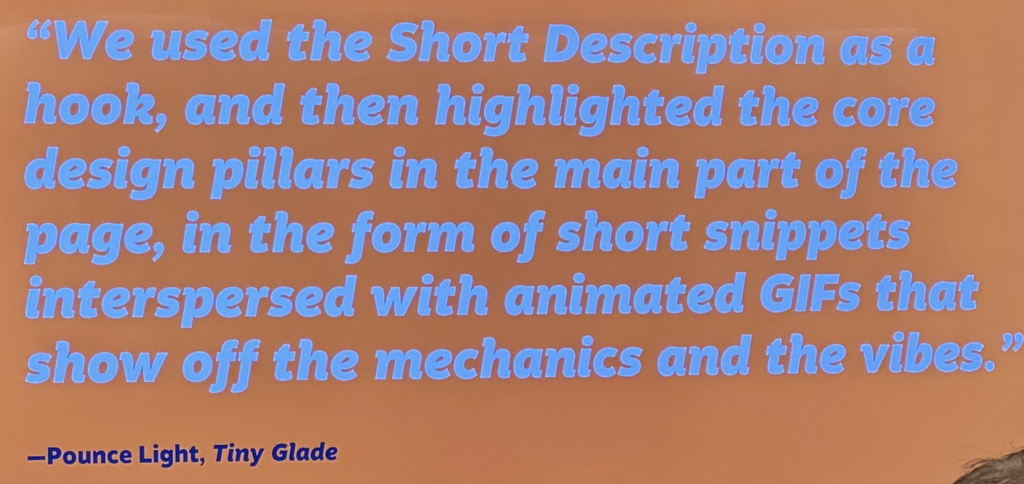
Short Description:

(Side note: the Tiny Glade totally put me in their credits because I taught them how to market their game)
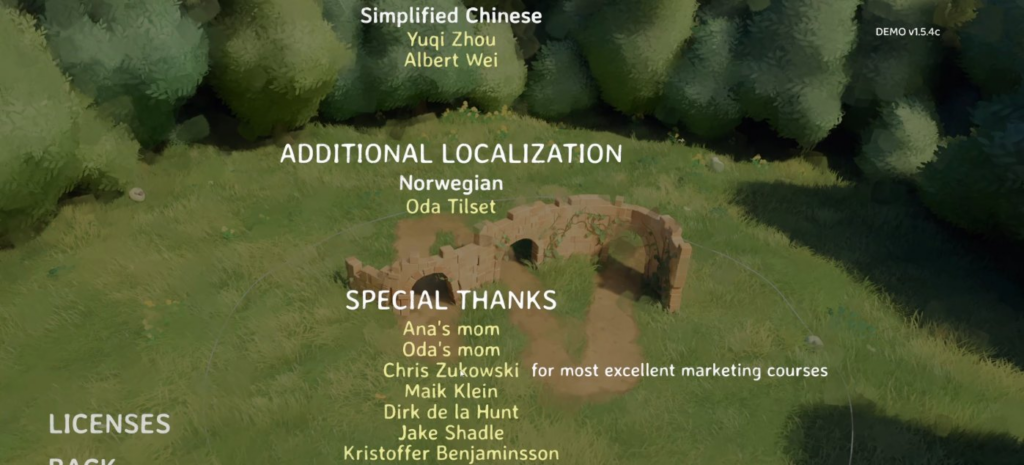
Demos + Lots of Patches are A-OK

Here is another game they liked their short description because it was clear what you do in the game. GAMEPLAY!

Lesson #4 Steam Next Fest does judge games on day 1 and 2
I published some analysis and data that seems to show that the traffic you get during the first 2 days on Steam Next Fest are based on free visibility. Then by Day 3 they start to cull the herd and show the top performing games more.
They confirmed that they use a Machine Learning (ML) algorithm to look at various stats during the first 2 days. Because it is a ML algorithm they aren’t entirely sure which is the most favored metric or why one rises above another. But definitely day 3 is when the Next Fest page starts reacting to the previous 2.
Oh and yes you can patch and update your game during Next Fest, they encourage it.
Lesson #5 Random Stats
I don’t have many deeper thoughts, I just thought these slides were interesting
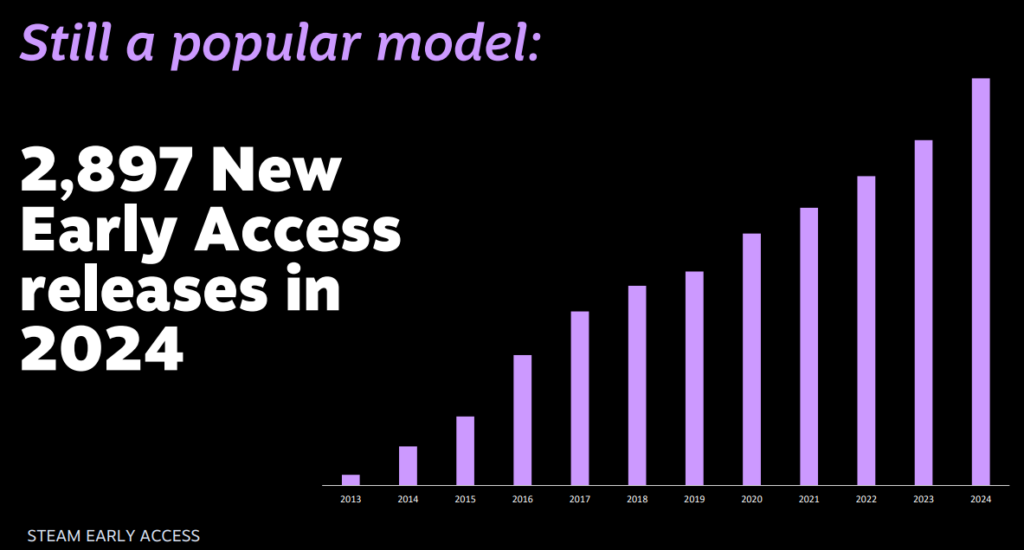
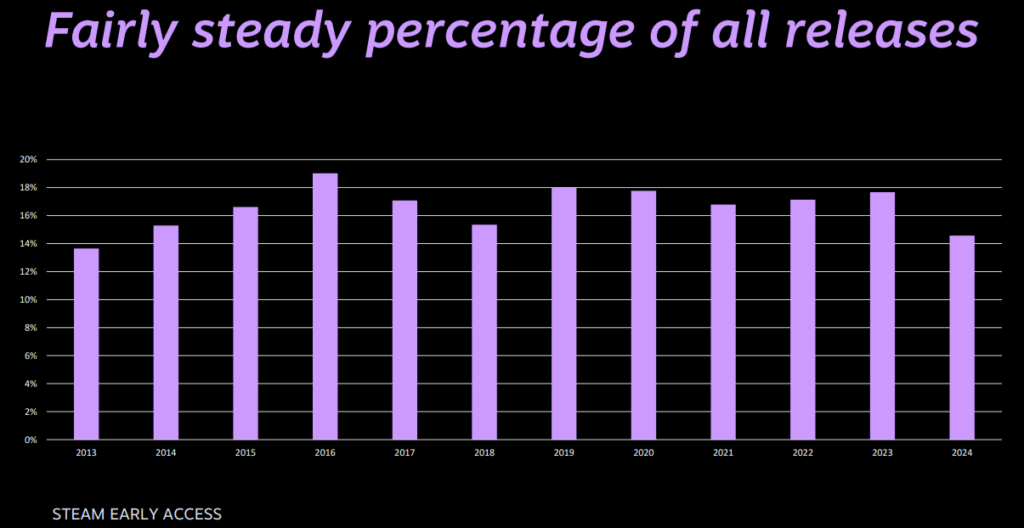
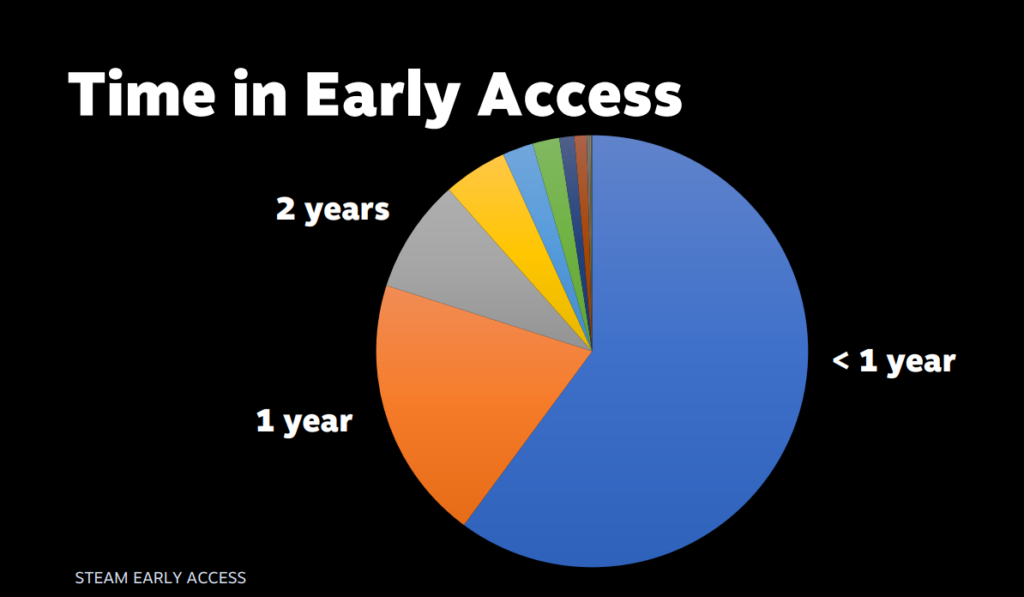
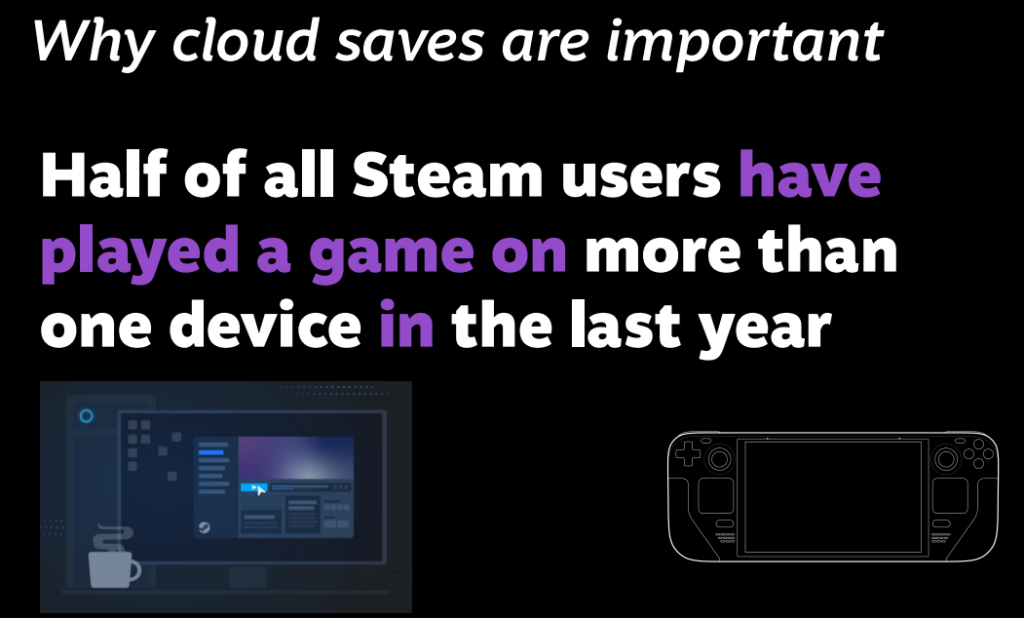
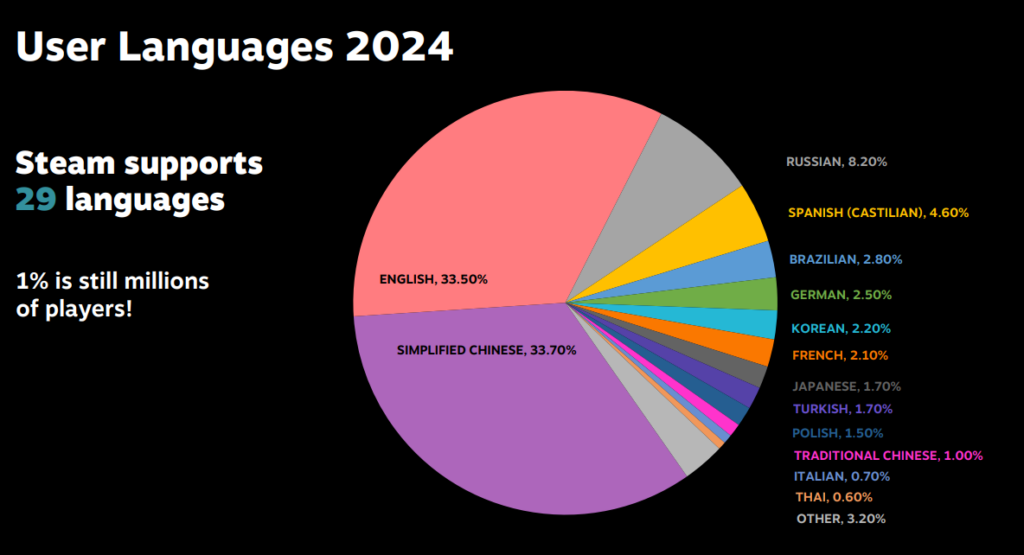
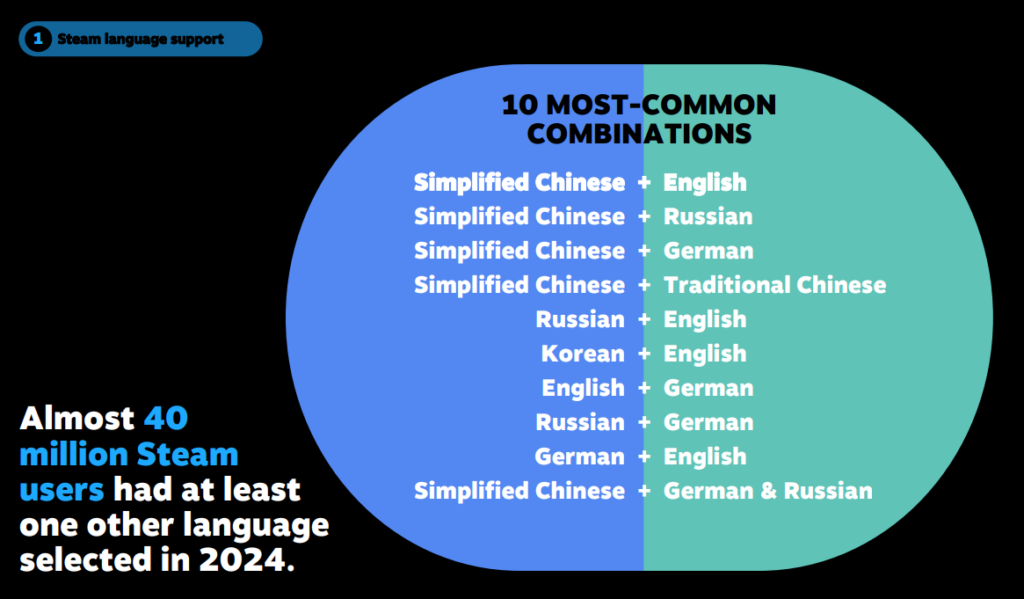
Lesson #6 Why they reject your event
Did you know that you can just make your own Steam festival and potentially get front page featuring? I mean it has to be a good festival. If you don’t get one, here are the most common reasons festivals get rejected.
- The festival theme is too broad (example: games where you a guy with a sword)
- Too narrow (example: a festival of city builders starring woodland creatures who build water-powered buildings)
- Too vague of idea (example: you know… like games that are good… man)
- No games have committed to your festival (You need to prove that you have some games that have earned some big money that will participate in your festival)
- Something that looks like it’s just trying to game the system (basically third party events should not primarily serve as a vehicle for self-promotion)
A sales page is what they call festival pages. So the number of events on Steam are going up all the time.
